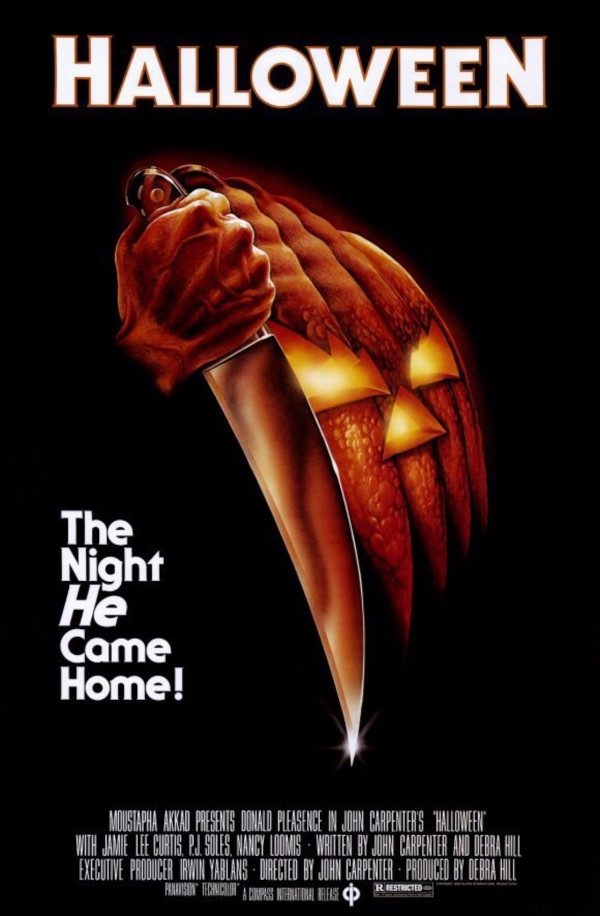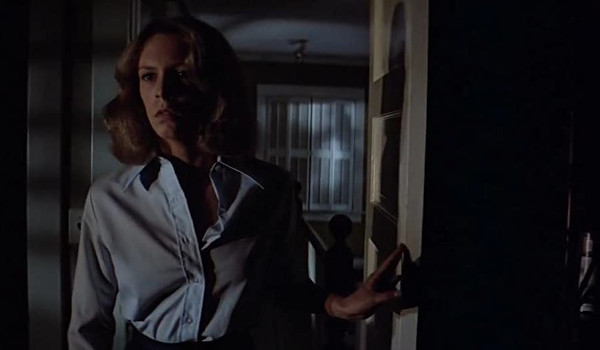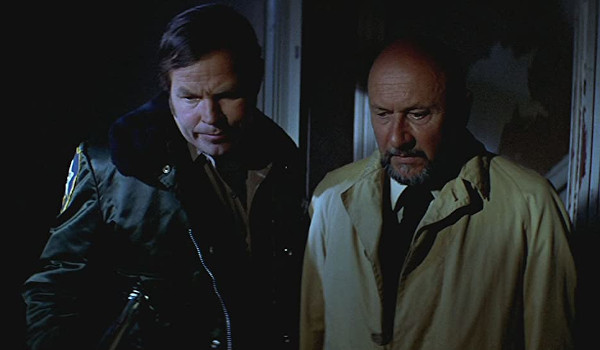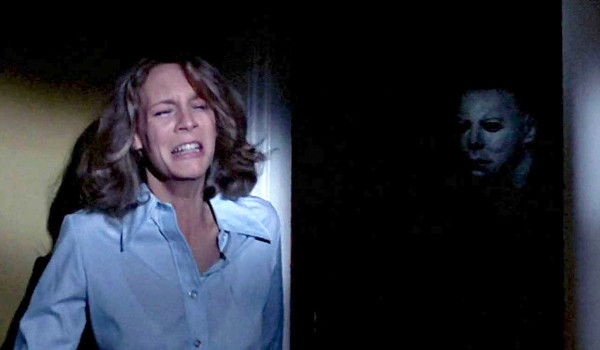- Title: Halloween (1978)
- IMDb: link

 The 1978 film directed, scored, and co-written by John Carpenter (along with Debra Hill) introduced the world to Michael Meyers and launched a franchise of, to date, 13 films. Looking back on the original Halloween, it’s surprising the small amount of bodies dropped and blood spilled compared to more recent horror films. Instead, Carpenter counted on thrills, ambiance, tension, and the menace of an unstoppable killing machine, without conscience or remorse, who took his first life on Halloween night when he was only six years-old.
The 1978 film directed, scored, and co-written by John Carpenter (along with Debra Hill) introduced the world to Michael Meyers and launched a franchise of, to date, 13 films. Looking back on the original Halloween, it’s surprising the small amount of bodies dropped and blood spilled compared to more recent horror films. Instead, Carpenter counted on thrills, ambiance, tension, and the menace of an unstoppable killing machine, without conscience or remorse, who took his first life on Halloween night when he was only six years-old.
After the opening scene involving a first-person look through the Halloween mask of Michael killing his teenage sister, the film jumps 15 years in the future where Michael has escaped the sanitarium where he has been locked away and returned to the sleepy town of Haddonfield, Illinois to begin a killing spree on Halloween.
Other than the heavy-breathing masked Michael who never utters a word, our two main characters are Donald Pleasence as Michael’s doctor obsessed with finding what he believes is the purest version of evil he has ever seen and Jamie Lee Curtis, in her first movie role, as high school student Laurie Strode who becomes one of Michael’s intended victims on Halloween night. Laurie at least fairs better than some of her friends (Nancy Kyes, P.J. Soles, and John Michael Graham).
Credited with launching the slasher genre, Halloween isn’t gratuitous in its violence. Michael toys with his prey, often showing a sadistic sense of humor, but the killings themselves are often quick without much in the way of gore. And, because of the silent and masked visage, Michael doesn’t appear to savor or rejoice in the murders before moving on to another victim. The death of Laurie’s friend Lynda (Soles) who is strangled by Michael while wearing a sheet like a ghost suggests in many ways Michael may never have grown up and still sees the world through the eyes of a demented child. Although she hears Lynda’s death over the phone, Laurie initially mistakes it for teenage sex. The script’s use of humor is one of its more underrated aspects, balancing nicely with the extended tension and creepy score provided by Carpenter.

The movie would spawn a number of sequels, but, as is often the case, none were able to quite capture the magic of the first film (which didn’t stop people from trying). Despite a mixed critical response on its release, the film is viewed now as one of the best films of 1978 and a cornerstone of modern horror. Not bad for a small independent film shot over 2o days on a budget of $300,000 which turned out to be an undeniable box office success earning back $70 million during its initial theatrical run and keeping Michael Meyers coming back again, and again, and again.


